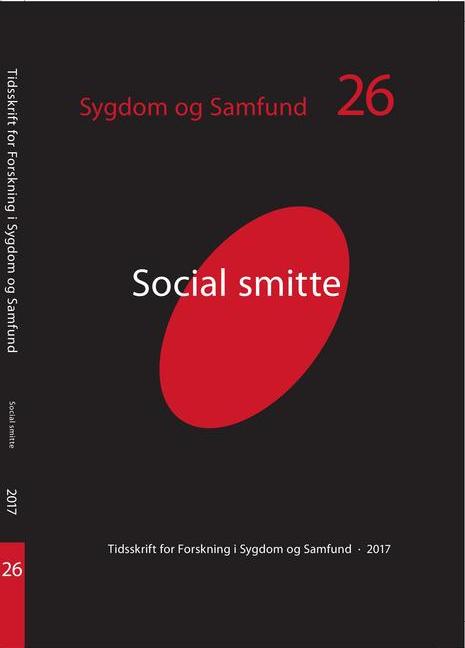Publiceret 2017-05-04
Citation/Eksport
Resumé
Fænomenet social smitte undersøges gennem en animistisk ramme, hvori agenter såsom ånder skal forstås som reelle verdslige væsner med konkret indflydelse på menneskers liv. Artiklens omdrejningspunkt er et problemfyldt alkoholmisbrug i landsbyen Achaivayam i det nordlige Kamchatka, Russisk Fjernøsten og spredning heraf. Forståelsen af socialitet og sygdomme som et socialt fænomen udvides, hvorved der åbnes op for nye måder at forstå ikke-smitsomme sygdommes evne til at smitte og spredes.
Alcohol and Relationality: Social Contagion as an Animistic Phenomenon in Siberia
The phenomenon of ’social contagion’ is explored through an animistic framework, in which agents, such as spirits, are to be understood as real beings with tangible effects on people’s lives. The article revolves around a problematic alcohol abuse and it’s spreading in the village of Achaivayam in Northern Kamchatka, Russian Far-East. The understanding of sociality as well as illness and disease as a social phenomenon is extended, thereby opening up for new ways of understanding the ability of ’non-communicable’ diseases to communicate and spread.

